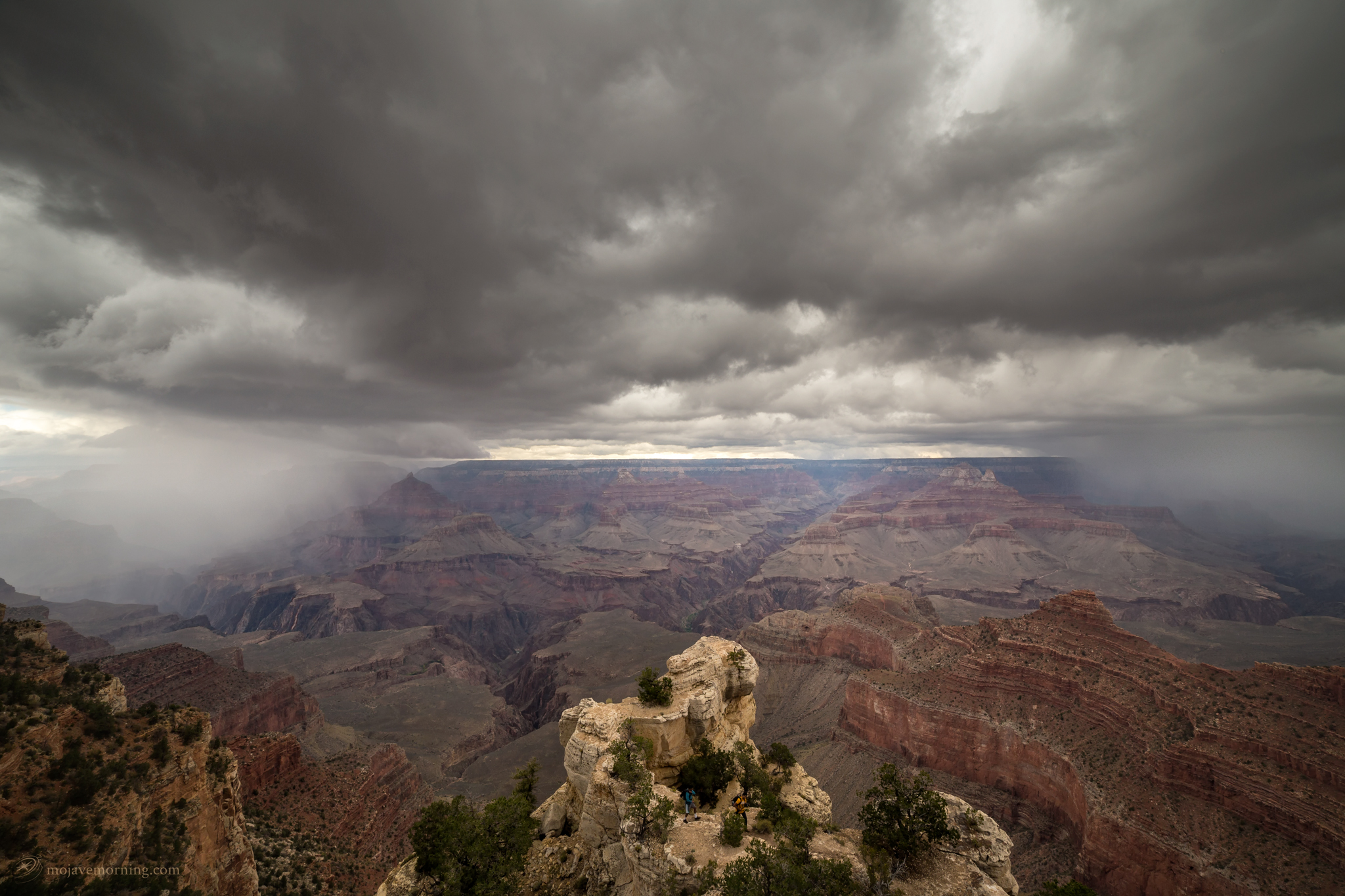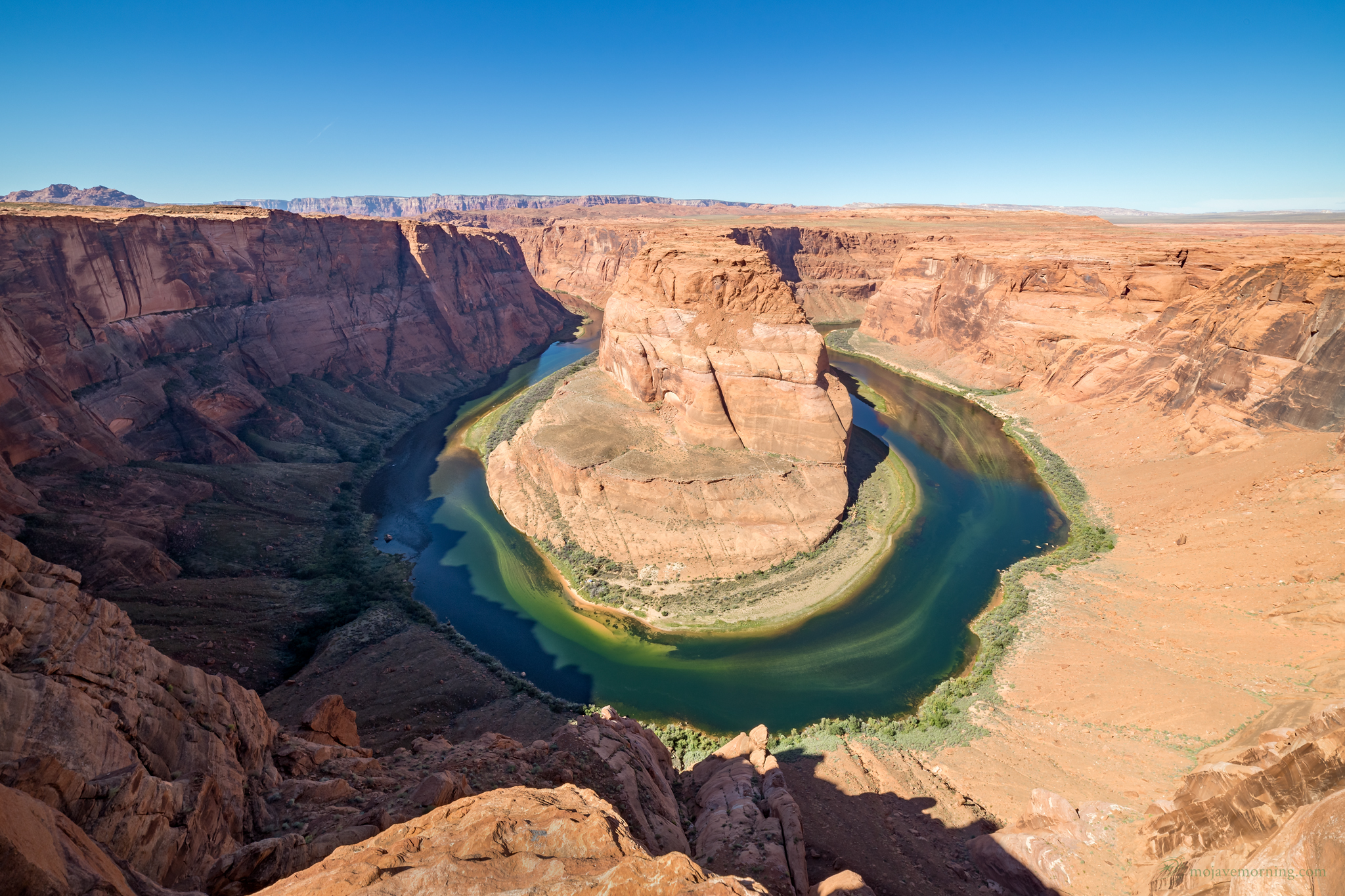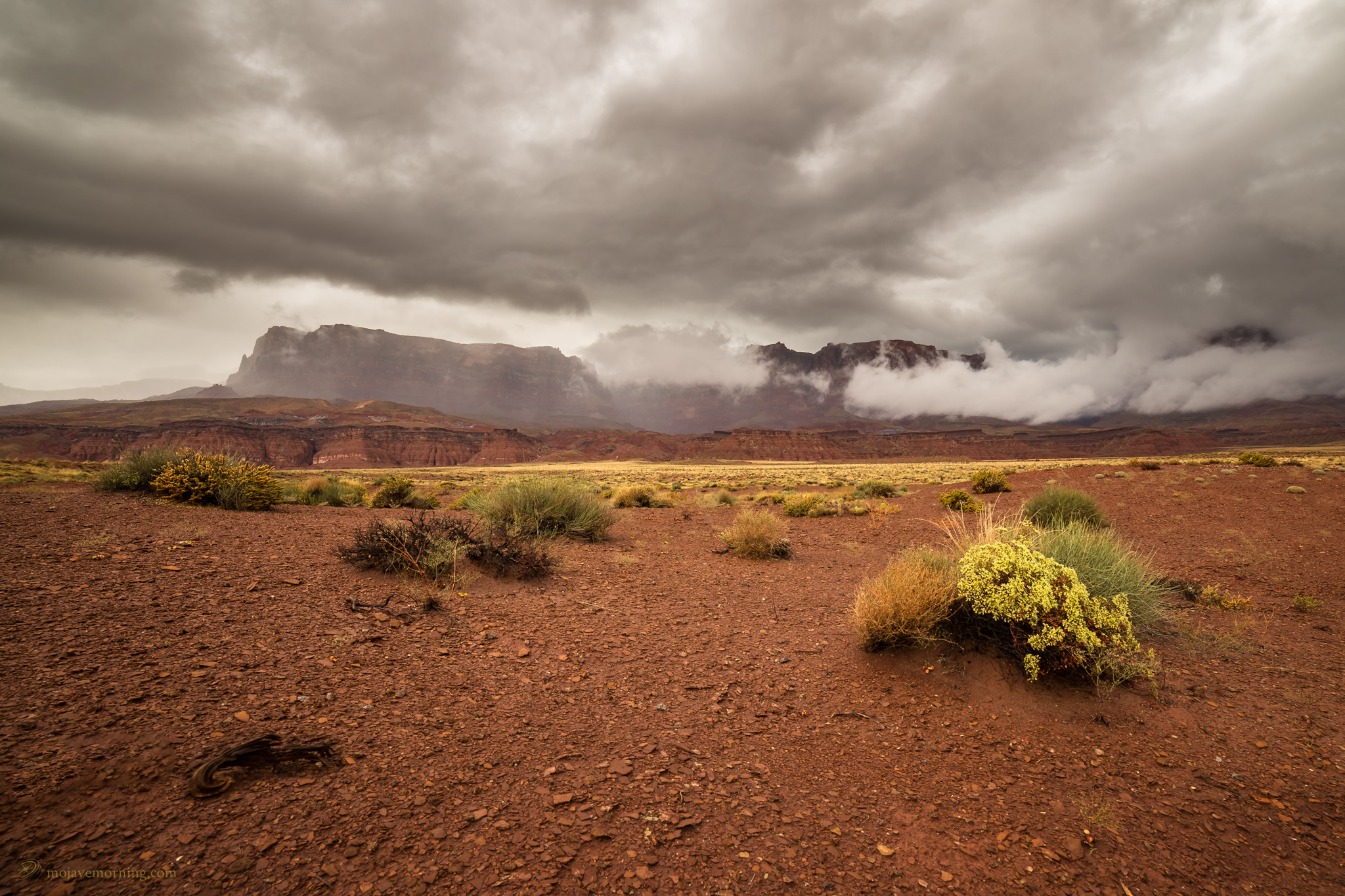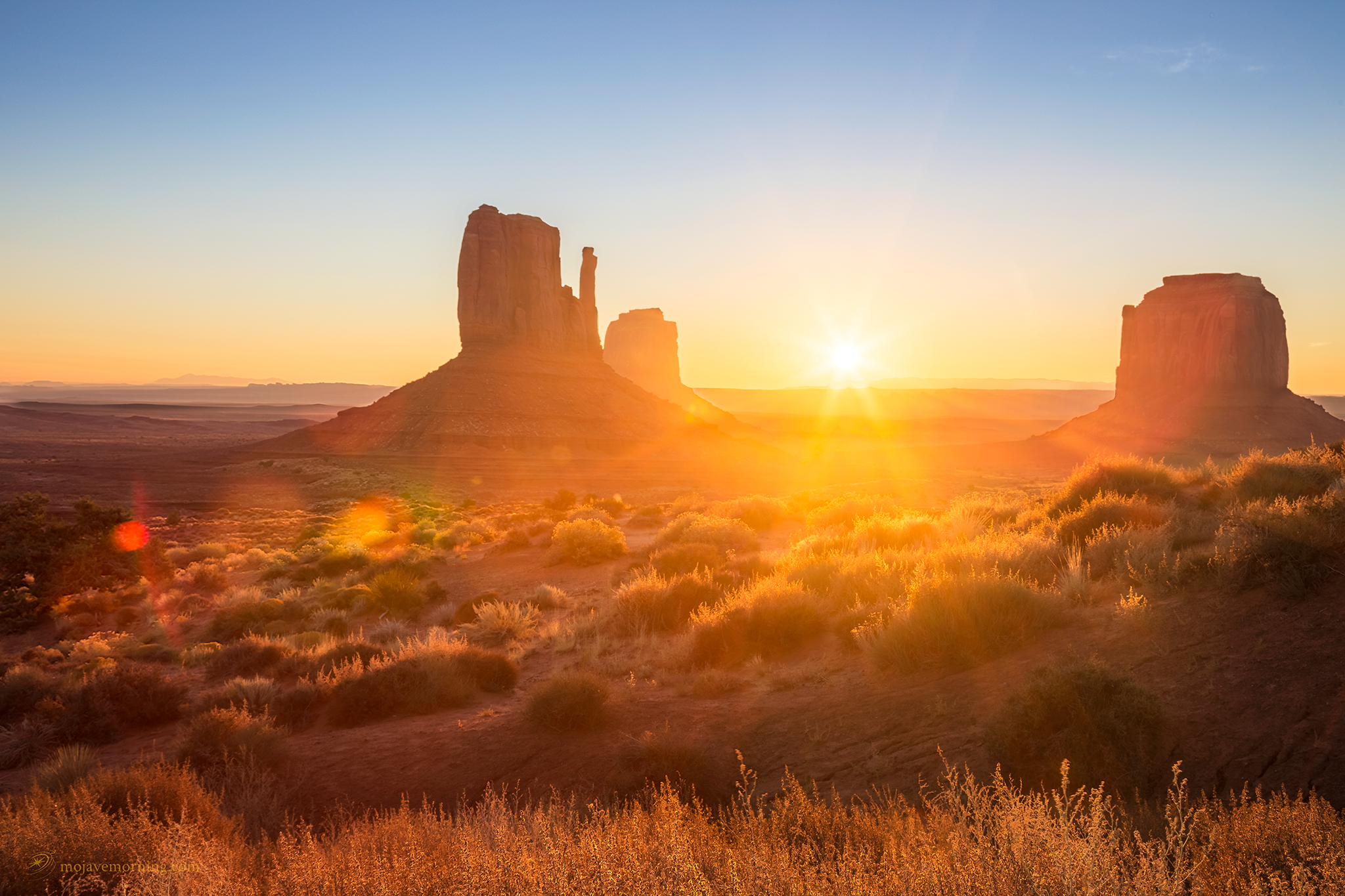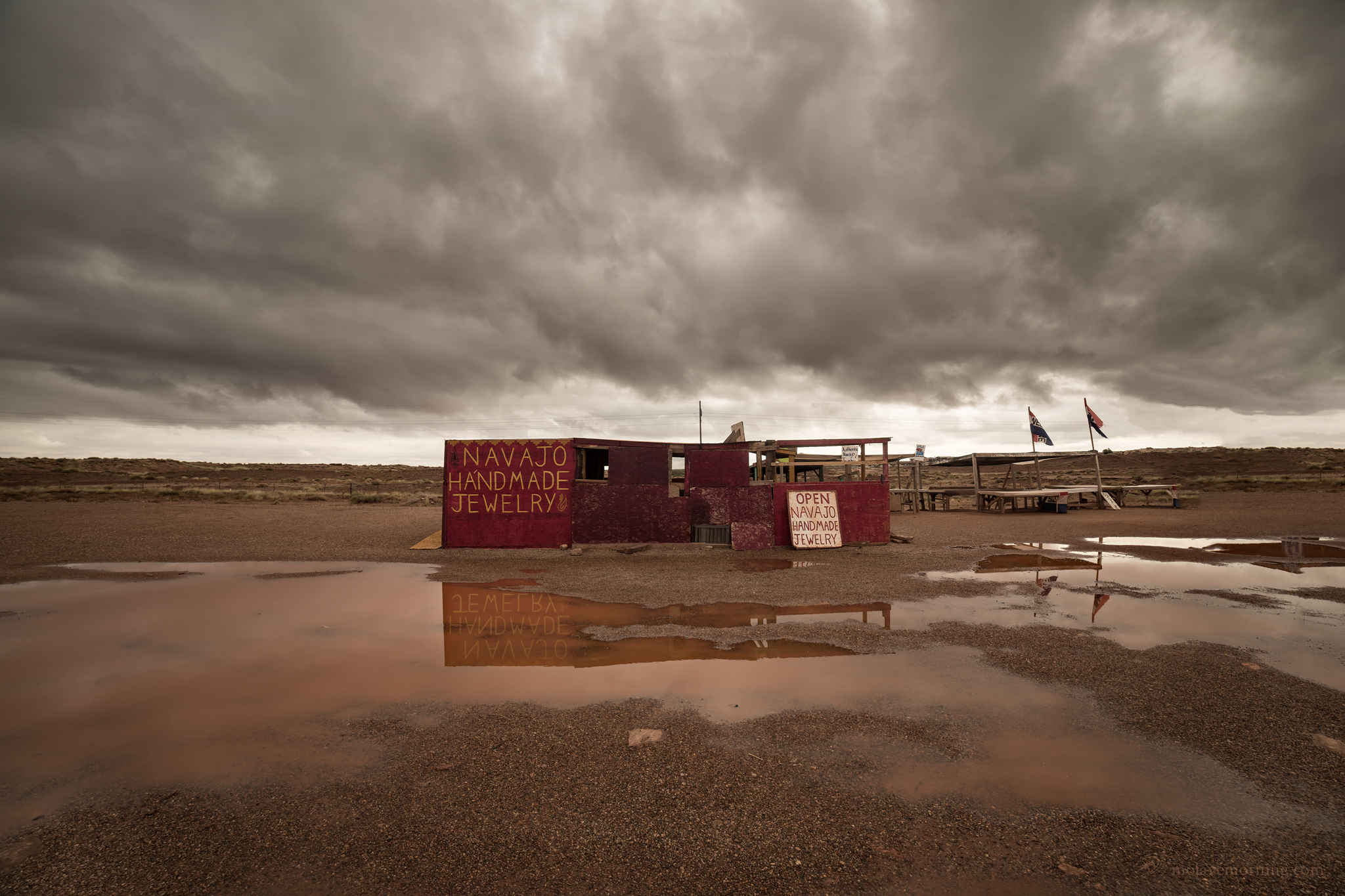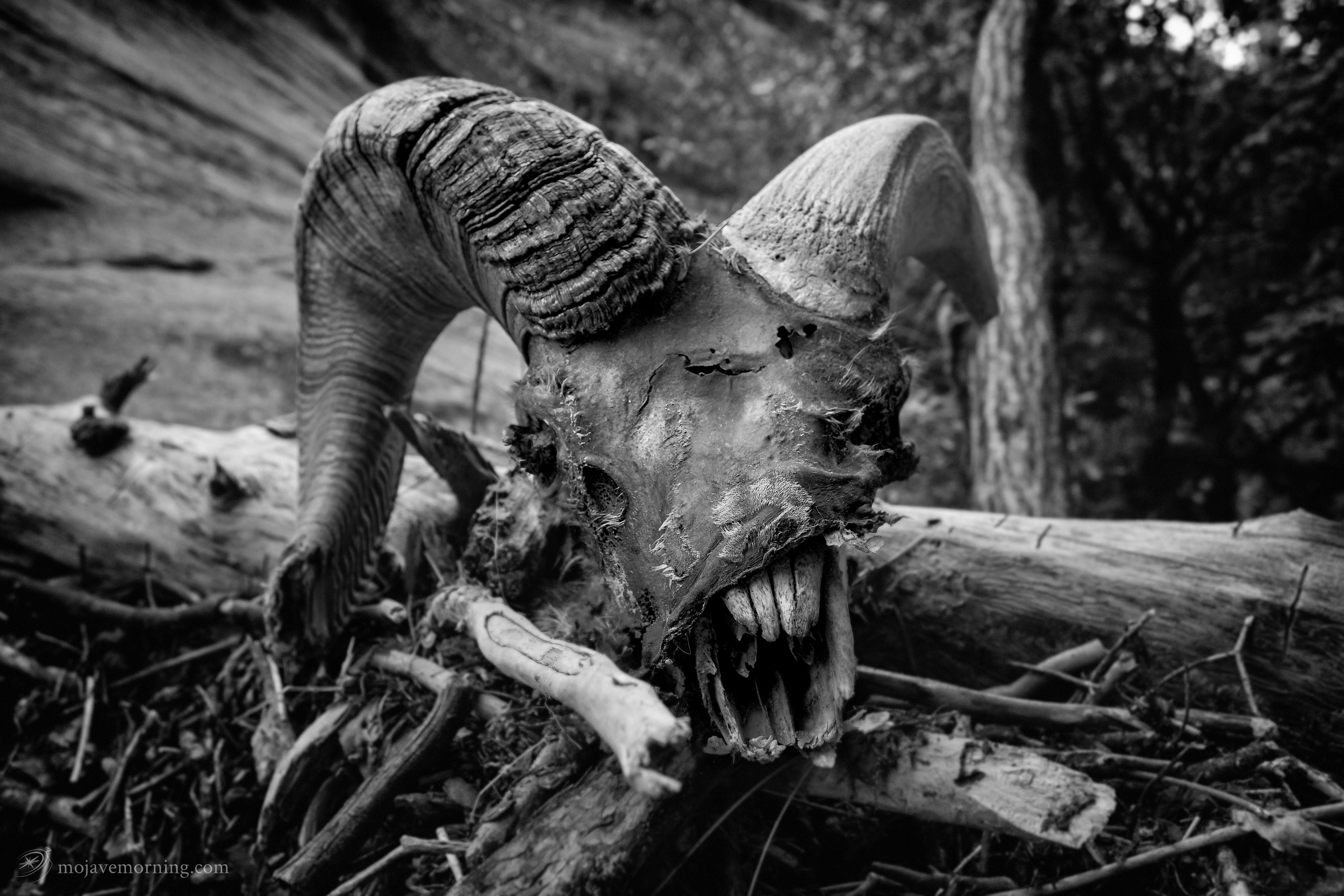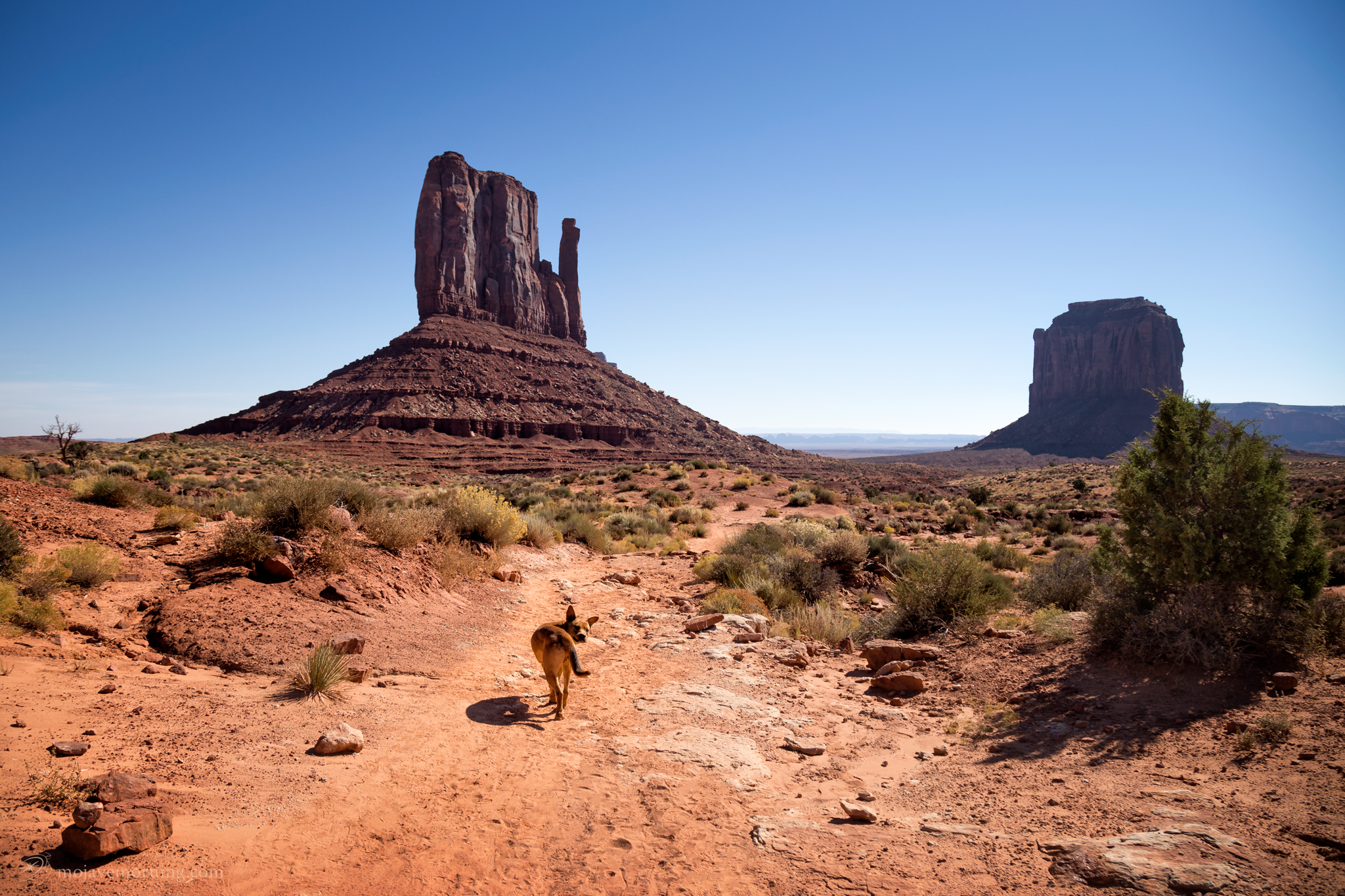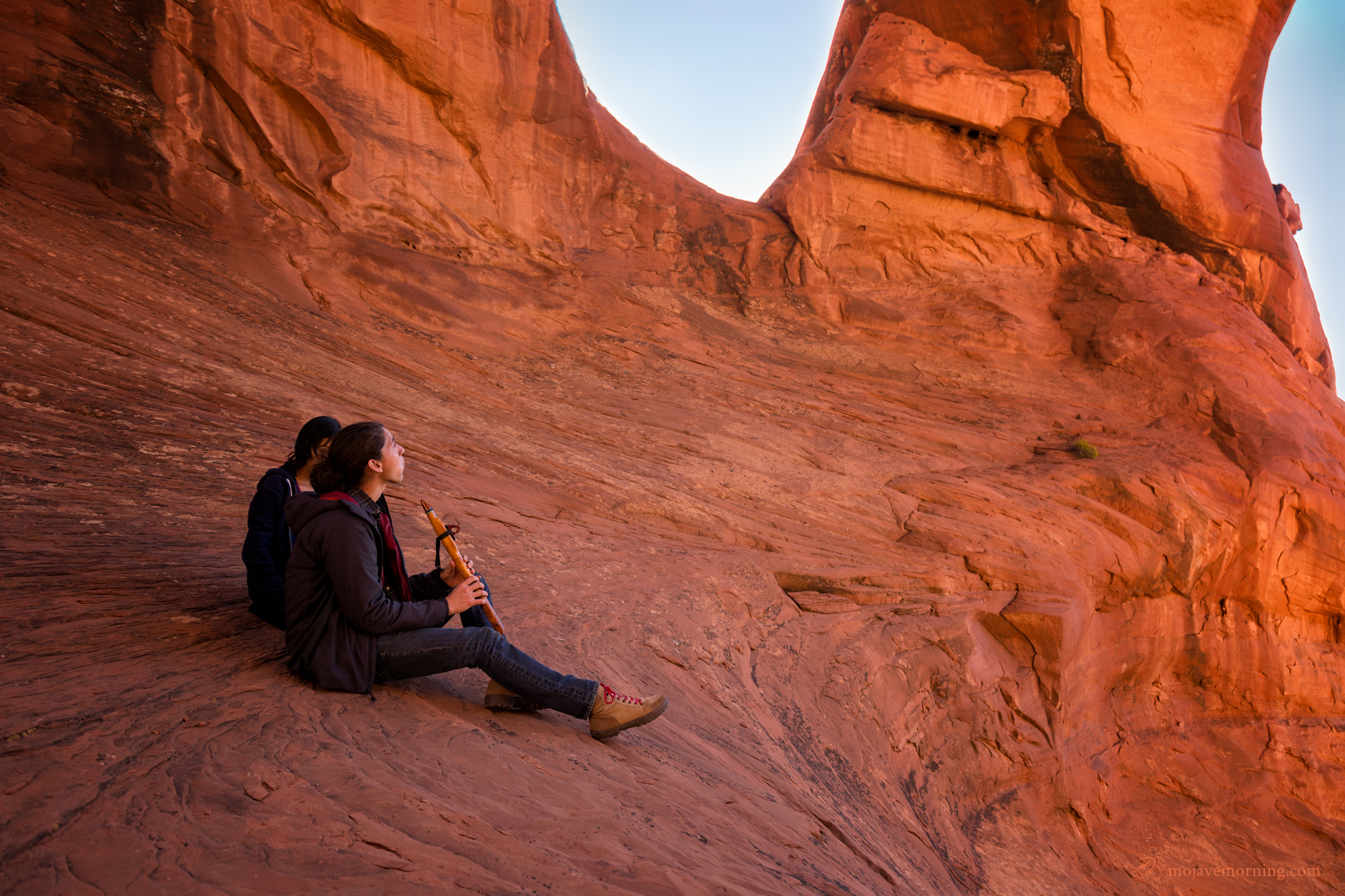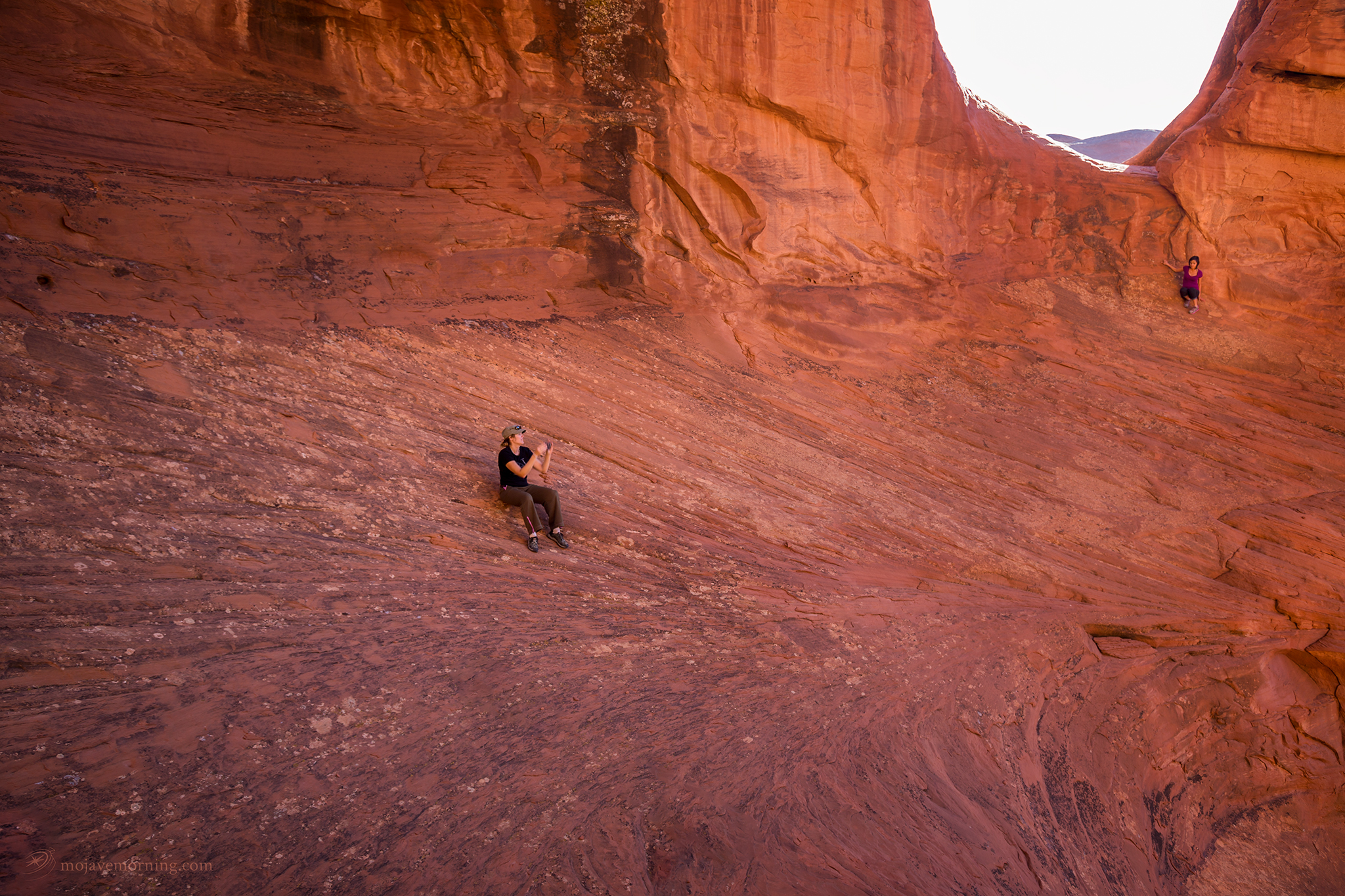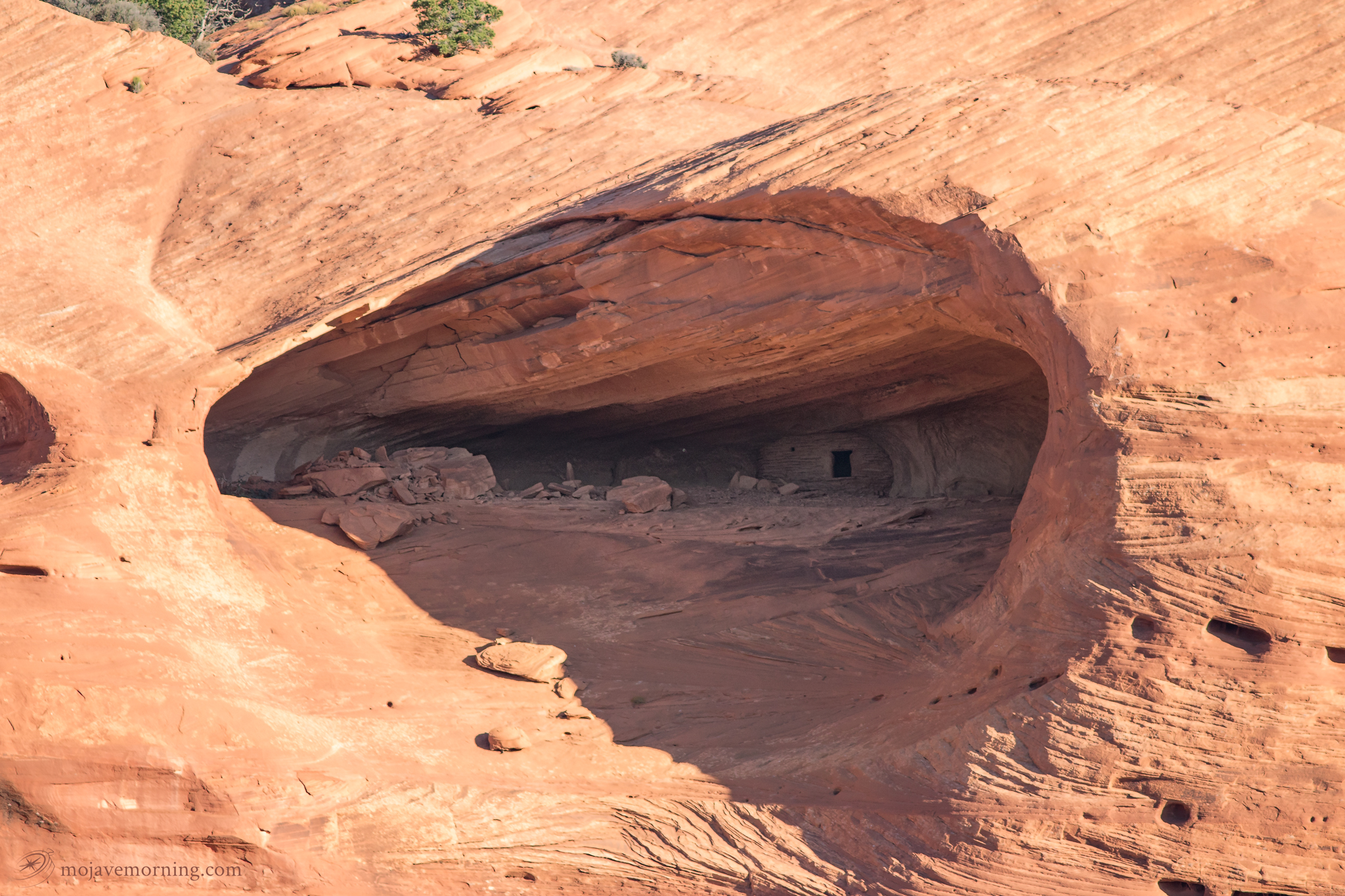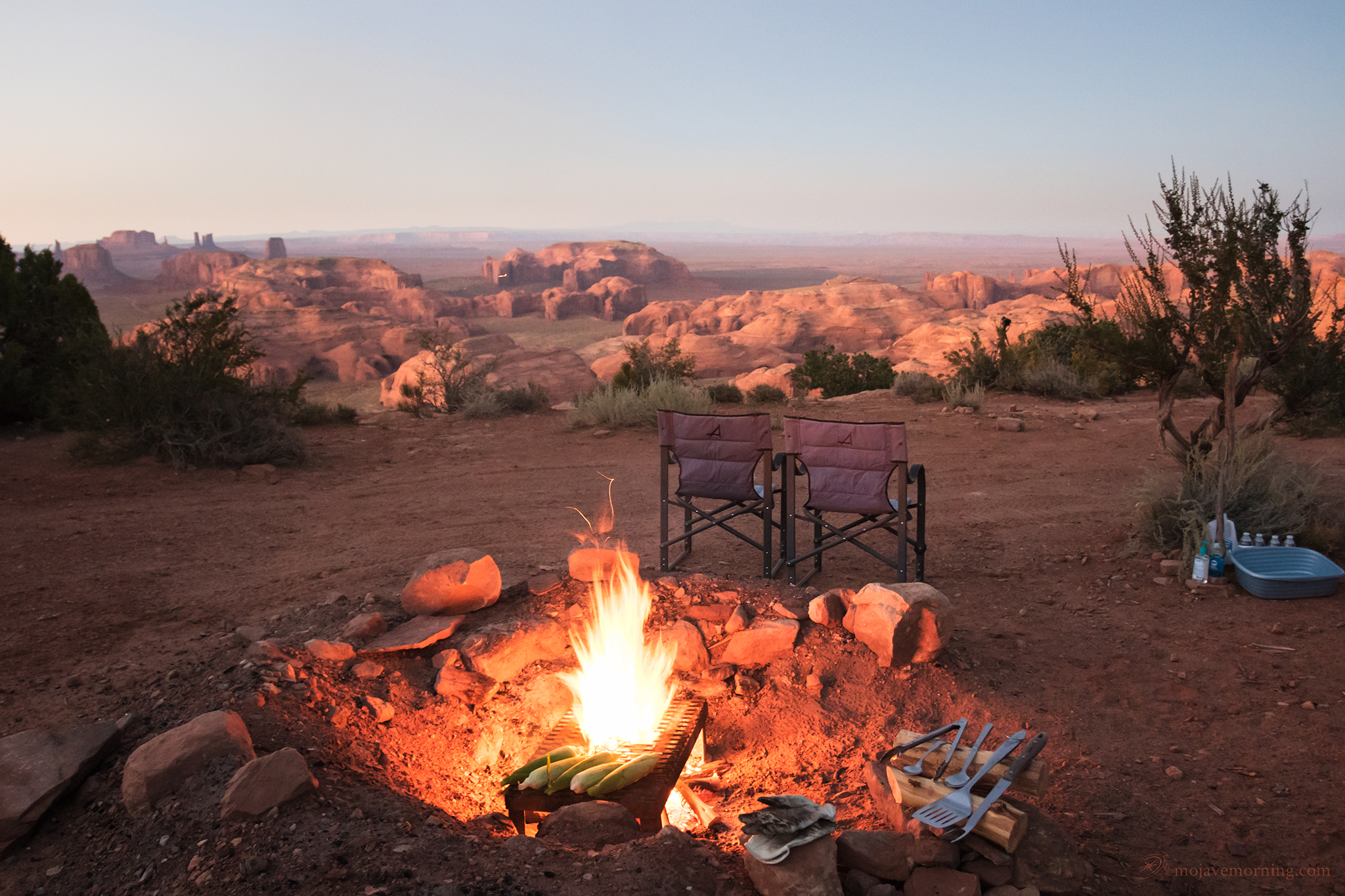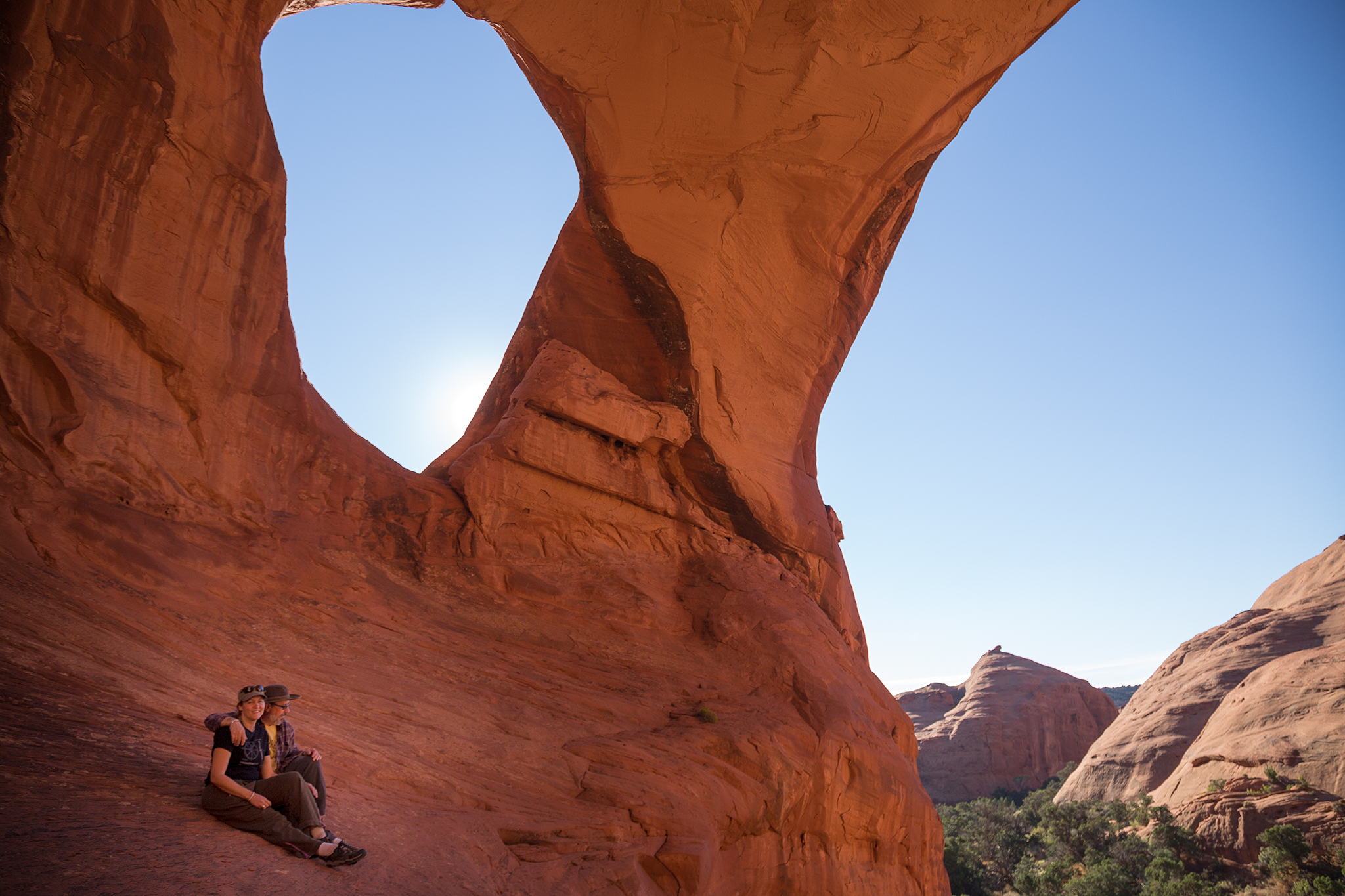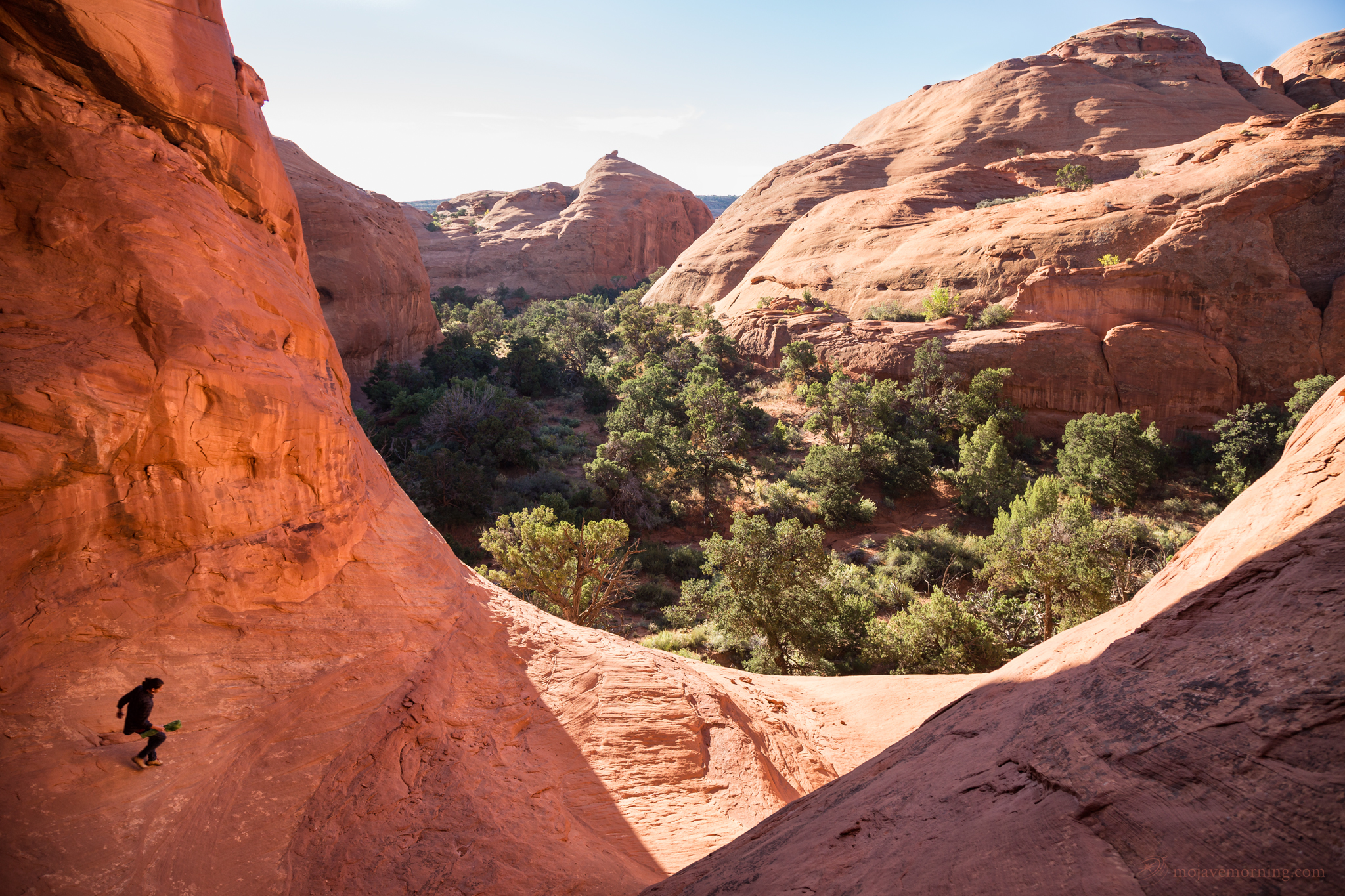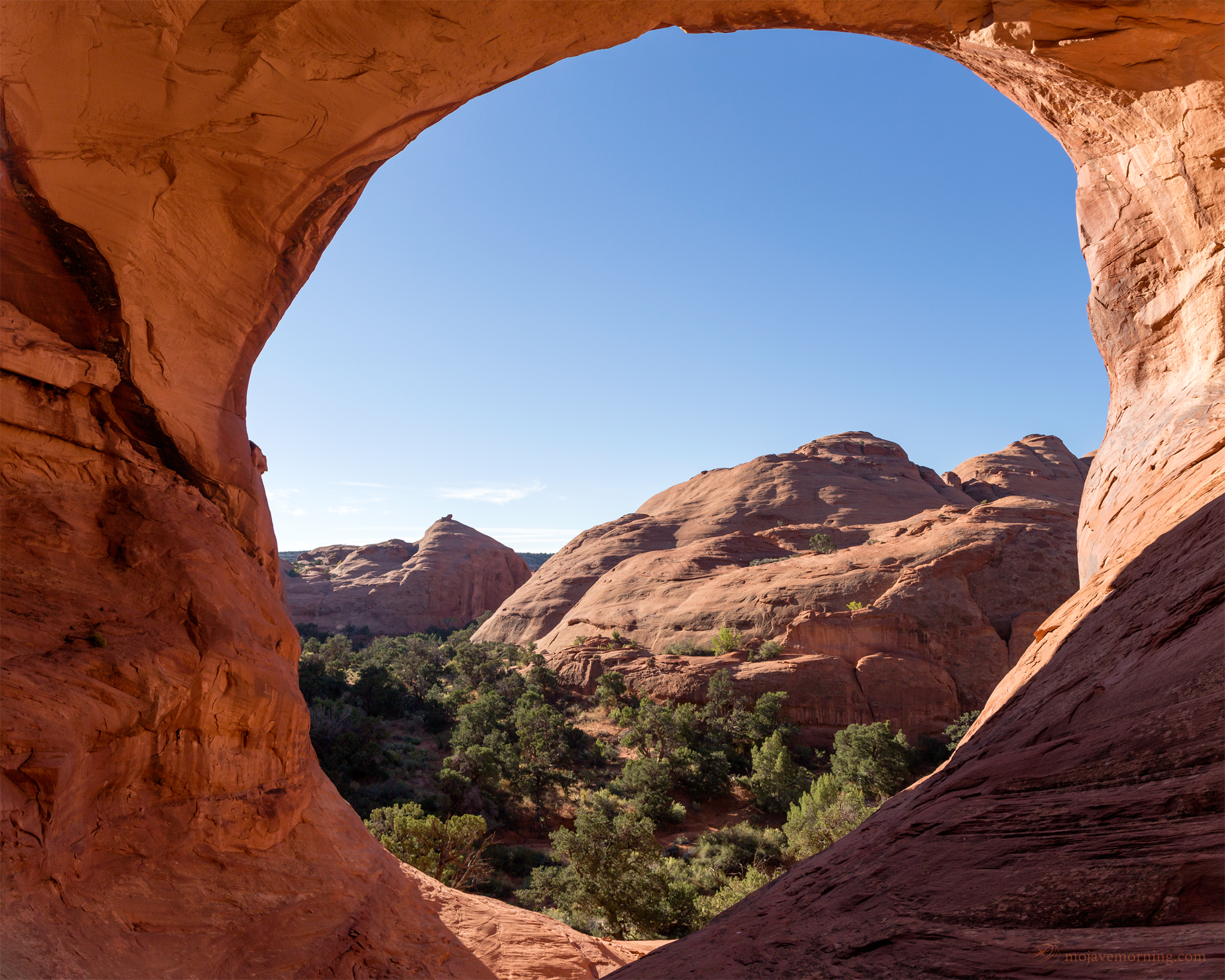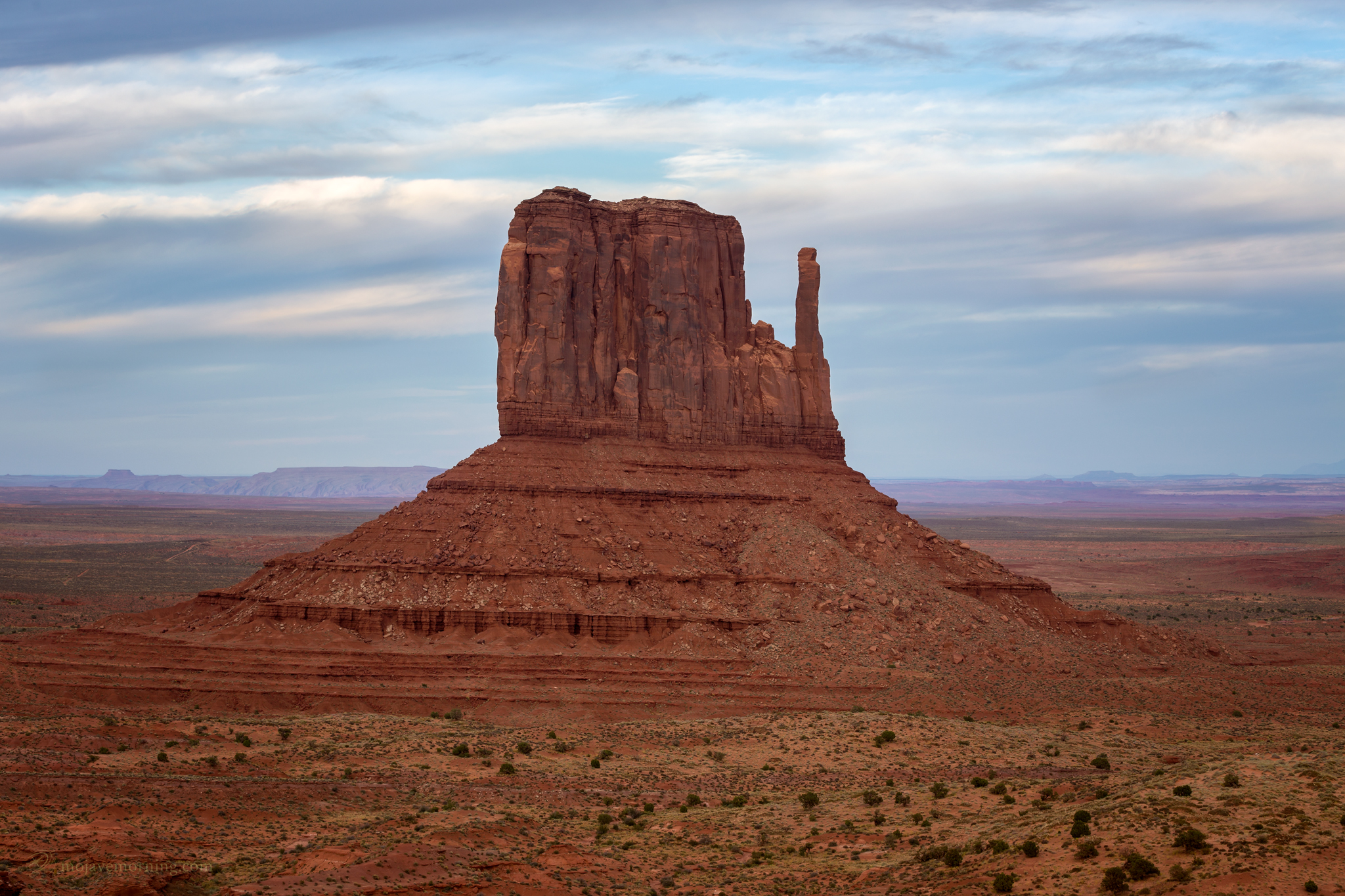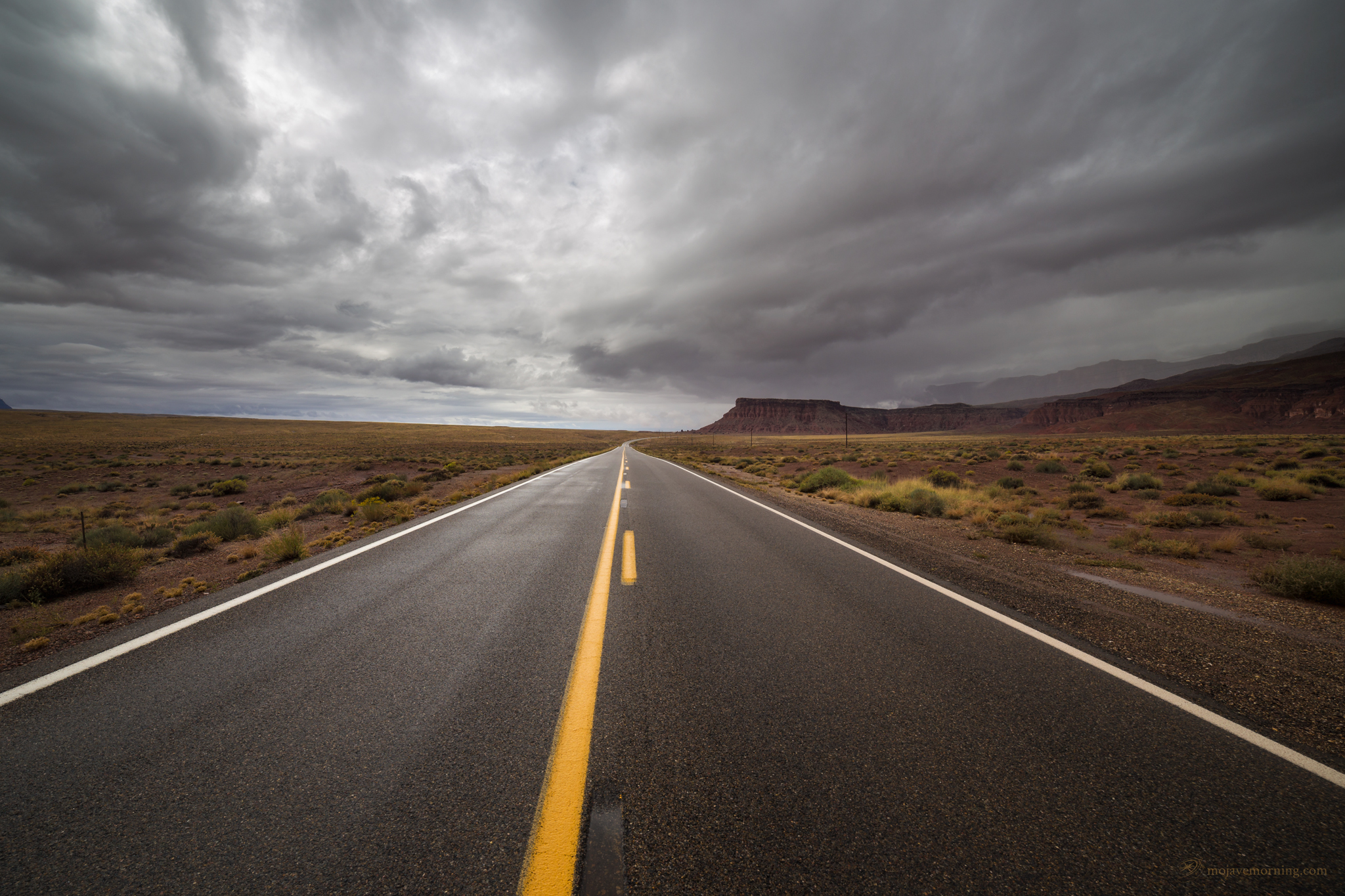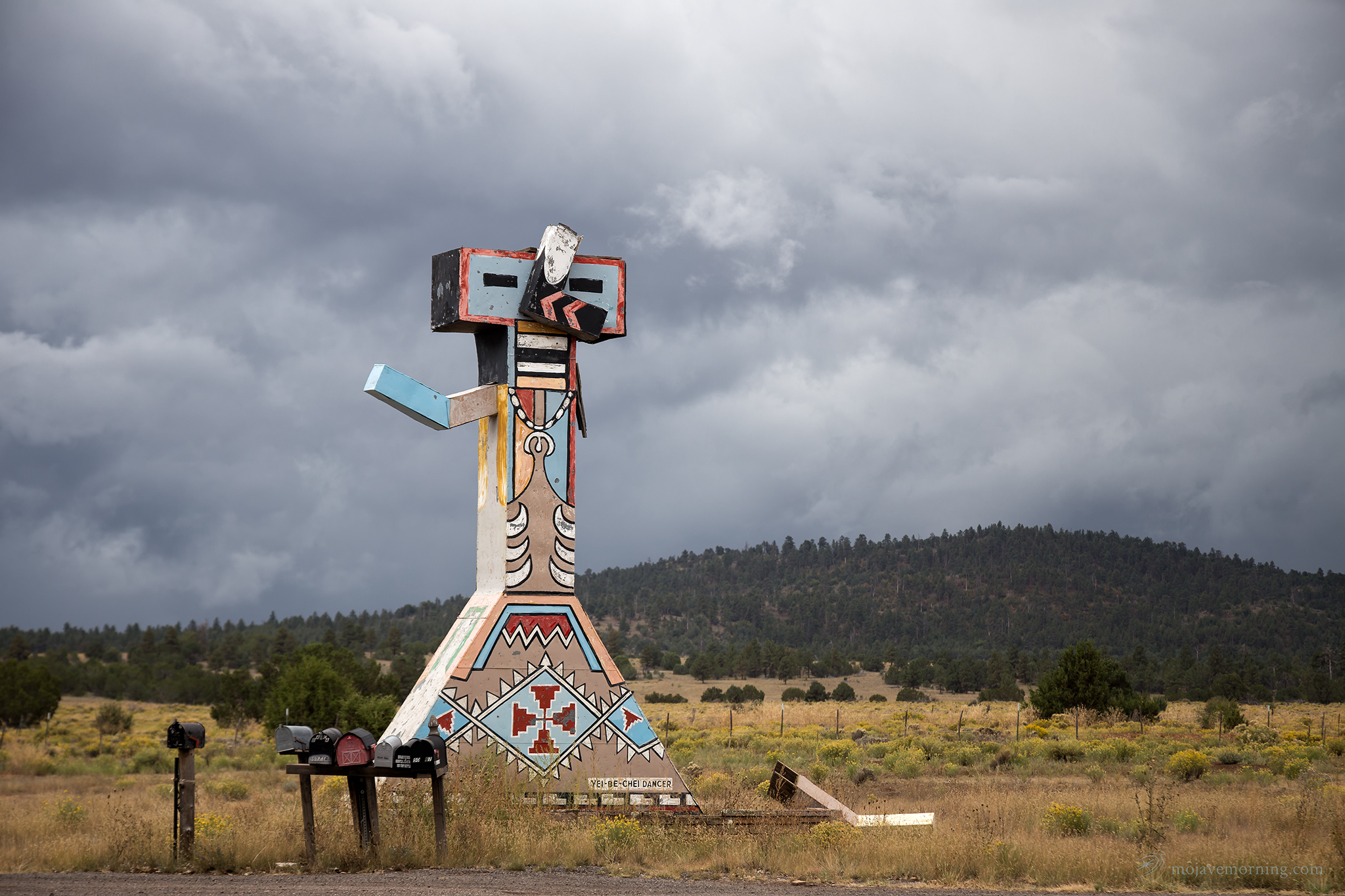They are officially called the Imperial Dunes, but off-road aficionadoes call the area "Glamis." The dunes are among the largest in North America, stretching 40 miles to the California-Mexico border and a little beyond. Standing in the dunes, you could swear that you're in the middle of the Sahara, or maybe on Tatooine, waiting for the Sand People to come. But you are standing in what is on average the hottest, driest desert in North America, the Colorado Desert. There are hotter and drier places, like the Mojave Desert's Death Valley, but overall, the Colorado is hotter and drier than the Mojave.
Incidentally, the Colorado Desert is not named after the State of Colorado. Both are named after the Colorado River, which runs through so many places.
The dunes are bisected by a highway. North of the highway is a wildlife preserve, and south of the highway... well, that's where people from all over the US come to play with their dune buggies, sand rails, quads, Jeeps, and sand toys of all kinds.
I recently visited some friends who were playing with their toys down in Glamis, and took a couple of pictures while I was there.
Palo Verde trees grow in this desert and are poignantly beautiful in the spring
People come from all over to drive on these dunes. This sand rail is being driven by Scott Rueschenberg of JPU Racing. He's taking his son for a spin.
The sand is 300 feet deep in some places, with some pretty steep hills and valleys. You have to be careful where you drive.
You can see the wind pulling a little sand off the top of this dune. Wind is how these dunes formed in the first place.
Thanks to our friend Larry, we got a chance to ride around in a dune buggy for a little while. And we got a chance to get stuck in the sand, too.
The hot atmosphere in this 600 millimeter shot is roiling over the sand, making these two distant bikers--and the rest of the dunes--look like an illustration.
A good time was had by all.







